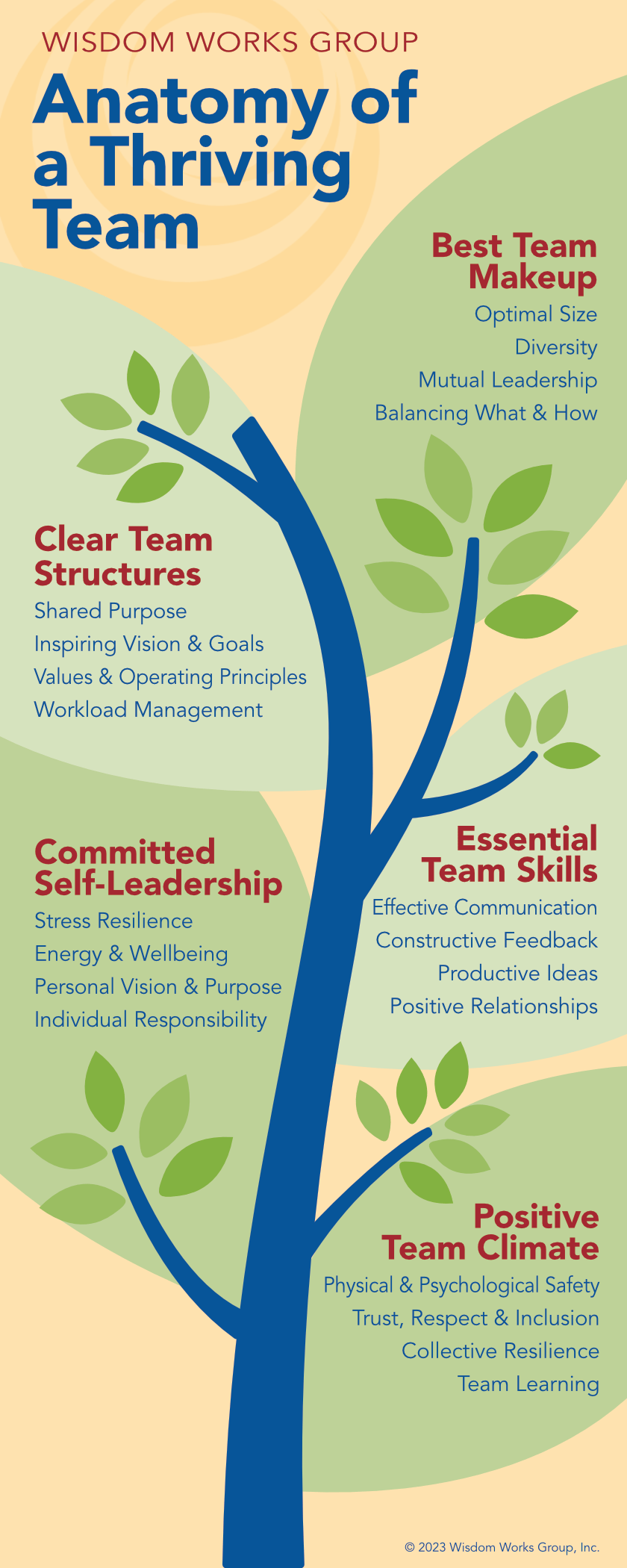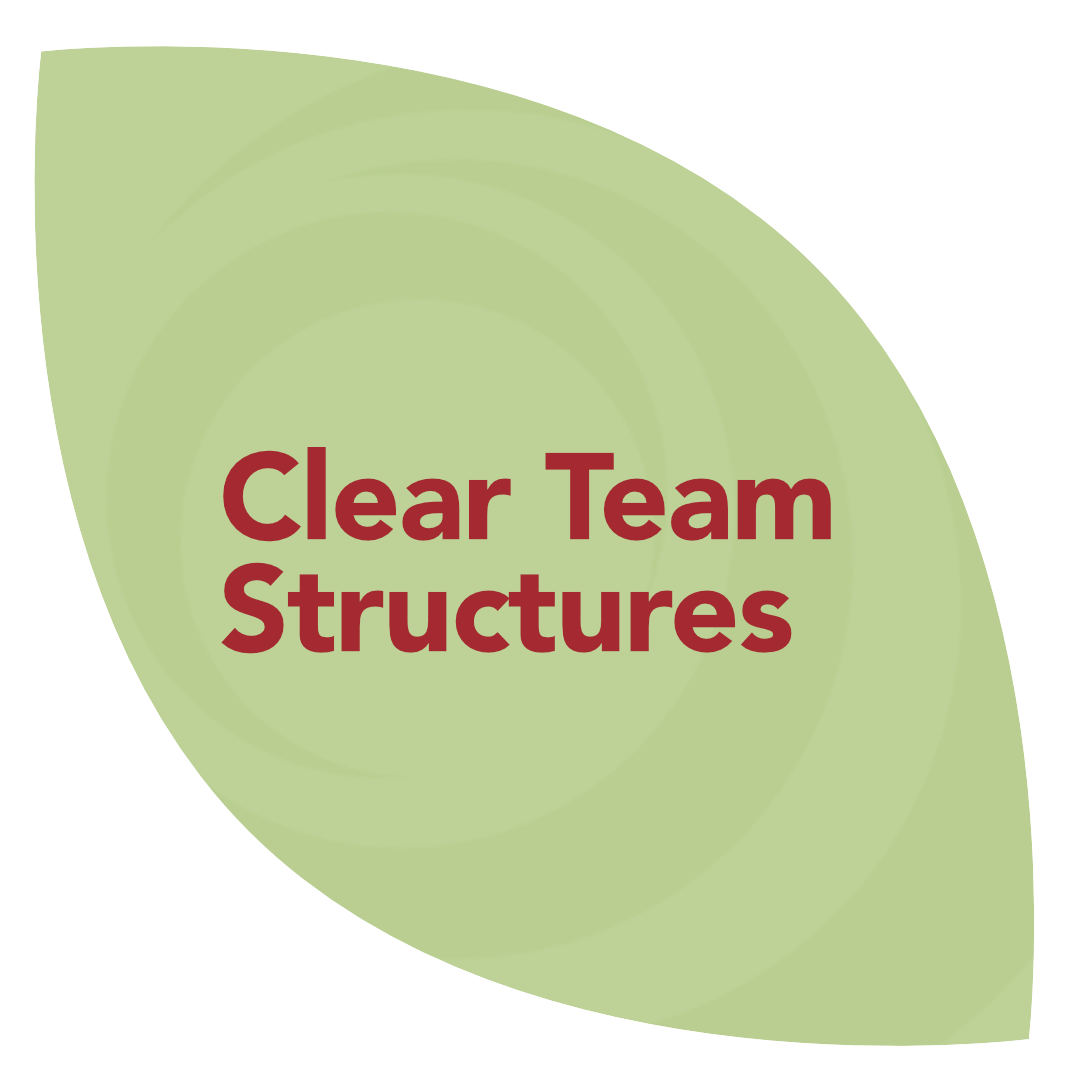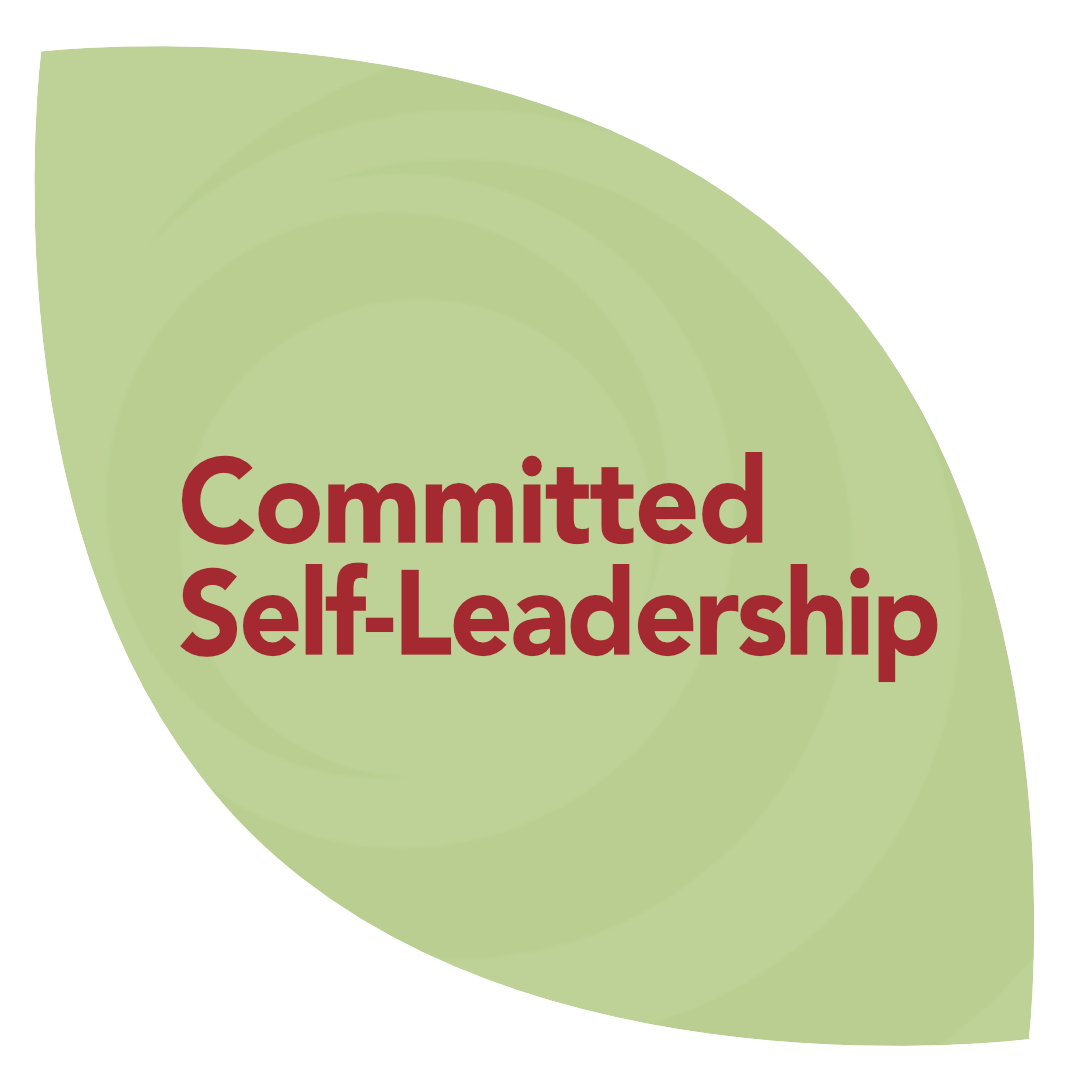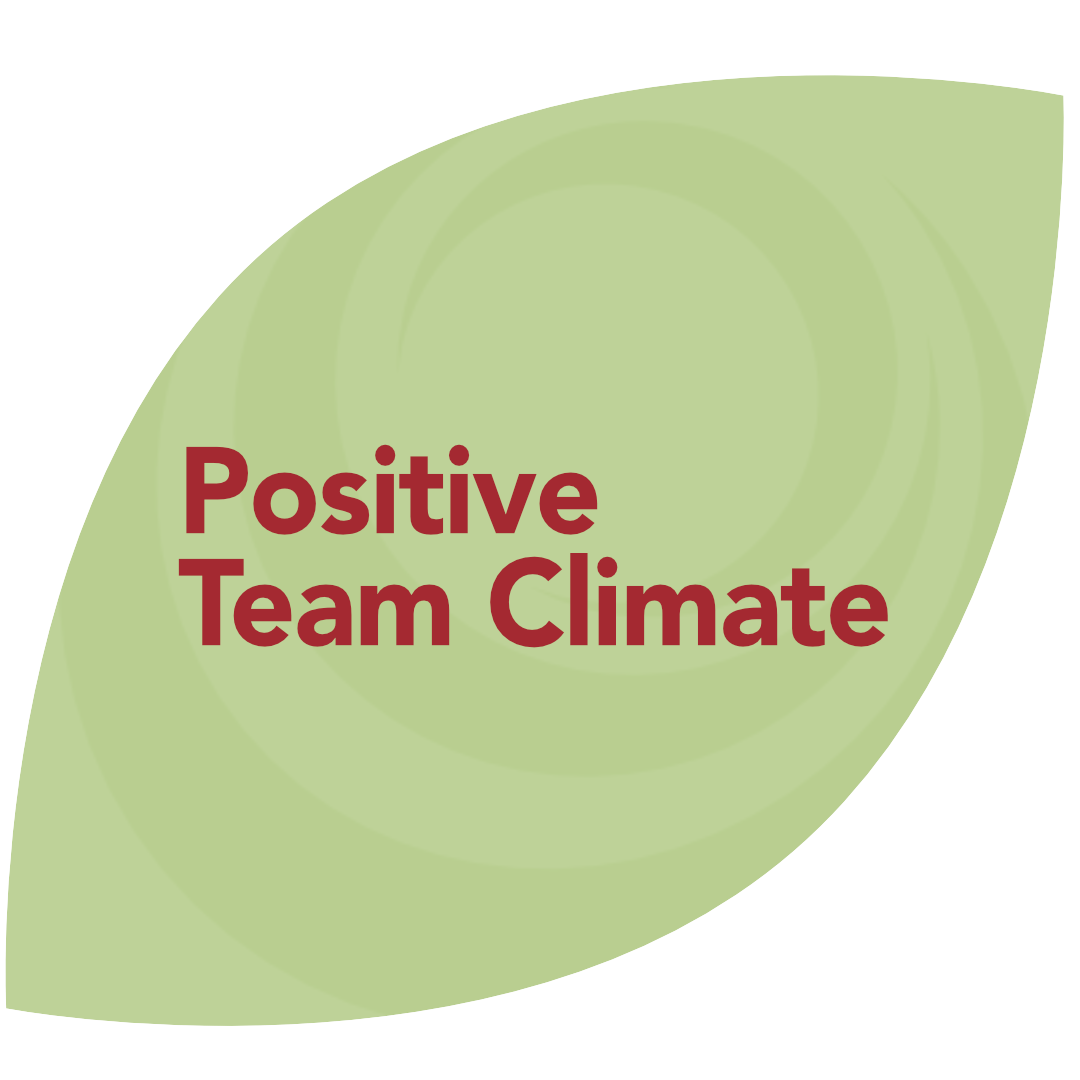
As our business worlds become more disruptive, we need teams to be adaptive. A team that’s adaptive continually self-adjusts based on changes in its external and internal worlds at the same time it is guided by a larger aspiration.
Some worldviews, such as the 5,000-year-old holistic medical system Ayurveda (translated as “the science of life”), understand this ability to productively adapt and grow amidst ever-changing conditions as the very definition of what it means to thrive.
Gusto reports that 37% of workers said being able to work with a great team was the top reason for staying at a company.
Most leaders view their team as the unit for doing work, yet forget that the team is also an avenue for doing work sustainably. As a result, too many teams today (possibly your own) are enduring rather than thriving. They’re working harder, faster, and longer, failing to realize these aren’t useful strategies for the long haul.
Plus, when the way work is done elevates and amplifies individual and team thriving, it can have a positive ripple effect with a team’s customers, partners, and the rest of the organization, as well as with the loved ones and communities of team members.
The more a team pays attention to what enables them to thrive, the more the team will experience itself as well-resourced to handle and grow with the changes and disruptions inherent in today’s workplaces.
So, it’s critical to build thriving teams intentionally.
Five Essential Components of Thriving Teams
Wisdom Works has helped advance countless thriving teams in companies around the globe—and our own team is a continual work in progress. We’ve learned that teams are more apt to flourish when the following five categories are given keen attention.
These categories are interdependent, working together to build a dynamic system of structures in which team thriving—the team’s evaluation of itself as well-resourced, mentally, emotionally, and physically, to meet its demands and evolve—are more likely to occur.
What enables teams to succeed and thrive?
As you review the details in each category below, consider a team you lead or one you’ve been appointed to develop. Ask yourself: What shifts would enable our team to thrive?

In thriving teams, the BEST TEAM MAKEUP is about the team’s size, the diversity of abilities and backgrounds that constitute it, the mutual accountability and leadership held by team members, and a balance between the what and the how.
OPTIMAL SIZE
The most effective team size depends on the type of team, the work it needs to accomplish, and its approach to leadership. Some experts say 3 people or less is best, while others, such as in the agile movement, endorse 3-9 members. Interesting research in the journal Nature highlights that smaller teams tend to ignite disruptive work, while larger teams are needed to develop, expand, and realize those breakthrough ideas.
To what extent is your team sized well for its unique situation?
DIVERSITY OF ABILITIES, THINKING STYLES, IDENTITIES & BACKGROUNDS
Whether in living systems or business, diversity matters. In teams, valuing diversity is linked to greater innovation, decreased groupthink, and better decision-making and performance. According to a Glassdoor workplace survey, more people than ever are seeking organizations and teams that embrace diversity. Diversity can be defined as: INTERNAL (i.e., characteristics a person is born with, such as nationality, neurodivergence, or physical abilities), EXTERNAL (i.e., attributes and experiences, for instance, education level or partner status, that a person uses to define their identity), ORGANIZATIONAL (i.e., job function, work experience, or seniority), and WORLDVIEW (the broad range of beliefs, political affiliations, culture, and life experiences that influence a person’s conception of the world.) Thriving teams seek and respect the diversity of its team members; doing so is a source of connection, creativity, and wisdom for the team.
Do people on your team appreciate the expertise, backgrounds, and strengths of one another? To what extent do people have opportunities to share their unique perspectives and gifts?
MUTUAL LEADERSHIP
While everyone may not be in a management role, everyone on a team can be a leader. Mutual leadership is about people feeling accountable for the team’s successes and disappointments, along with how those arise. It also means inviting people to step up and lead initiatives where they have a particular passion or talent and, where appropriate, rotating duties between people so that everyone better understands the role each other plays towards the team’s results. Mutual leadership isn’t demonstrated through behaviors alone; it’s about attitudes and words. Consider: “How will we fix this problem?” has a different vibe than “How will you fix it?” On thriving teams, the emphasis is WE. Individual contributions are valued, yet people on the team know that excellent results come through teamwork—and that depends on everyone.
To what extent do people on your team demonstrate mutual accountability and leadership?
BALANCING THE WHAT AND HOW
Some teams are so single-minded about what they set out to accomplish that they do so at the personal expense of team members (think: burnout, exclusion.) Other teams become so stuck in navel gazing that they don’t seem to get much work done. In thriving teams, people are on the lookout to achieve excellent results aligned with their purpose and vision, plus work in ways that contribute to the wellbeing, growth, and effectiveness of the team and the people in it. This balance isn’t always an easy one; it comes through the team’s ability to honestly examine itself. In teams that prioritize high achievement, this usually means learning not to compromise the how for the what.
To what extent does your team pay attention to both?
CLEAR TEAM STRUCTURES supporting thriving teams are a shared purpose, an inspiring team vision and goals, values and operating principles for working together, and a well-managed workload.
SHARED PURPOSE
Much has been said over the past decade about the power of a deeply-held shared WHY to provide a sense of identity and coherence in a team, give the team’s work meaning and significance, build strong team bonds, empower the team to make sense of their work (and the world) through a generative story about their role in it, and help the team stay motivated, even in the toughest of times. Plus, when we take a big step back from the daily activities of our lives, we realize: It’s a privilege to work with other human beings on something worthwhile.
What does your team exist to uniquely do together that cannot be accomplished by individuals alone? To what extent does a shared purpose animate your team?
INSPIRING VISION AND CLEAR GOALS
Equally important to a shared purpose is an inspiring vision and clear goals that galvanize the team to act. The vision and goals help the team establish a constructive relationship with challenge, the tension that arises when what the team aspires to achieve differs from its current realities. Perhaps your team’s challenge is to bring a product innovation into existence, reach new customers, extend the organization’s impact through key partnerships, or resolve a vital need for our globe. Having a vision and clear goals not only enables your team to measure its progress; it is one of the most important factors for building team cohesion in the rapidly changing landscape of teaming.
To what extent do a vision and clear goals inspire and guide your team?
VALUES AND OPERATING PRINCIPLES
Given the constant disruptions most teams deal with, it’s never been more important for team members to agree on values and operating principles for their work together. As an example, Relationship Before Business, a founding value at Wisdom Works, energizes this principle: We will connect as whole people before our work together because doing so makes our work more effective, rewarding, and life-enhancing. We put this principle into practice in our team routines, for instance, by starting bi-weekly meetings with a personal check-in or a mindful breath, as well as in our customer relations. A team’s values and operating principles help team members know how to act when they are together and apart, plus they provide an ethical backbone people can lean into during stressful times.
To what extent does your team use values and operating principles for its interactions?
WORKLOAD MANAGEMENT
No matter what industry or geography, teams today experience similar stressors, such as high volumes of work, short deadlines, a relentless pace, too little (or too much) collaboration, and unclear roles. To manage their workloads, thriving teams identify the work stressors impacting their ability to work well. They eliminate (when possible) the things that create needless pressure and prioritize the work that aligns with the teams’ purpose, vision, goals, and capacities. They match the people with the right tasks, or better yet, invite people to craft their own jobs—with the aim that work demands are spread appropriately. They make sure people understand their individual roles and responsibilities, as well as how those interweave with the jobs of other team members. Plus, thriving teams assist people in identifying the positives (i.e., training, relationships, coaching support, job autonomy, etc.), those factors providing buffers to stress at work.
To what extent is your team managing its workload?


Thriving teams develop ESSENTIAL TEAM SKILLS, such as communicating effectively, using constructive feedback, making sure ideas of team members are highly productive, and building positive relationships.
EFFECTIVE COMMUNICATION
The basis of effective communication is the ability to advocate, inquire, and listen well. This isn’t just about stating opinions and asking questions, both of which can be done with the intention to undermine rather than uplift, or listening for only what you want to hear. This is about high-quality advocacy (sharing ideas and reasoning openly, without a hidden agenda), high-quality inquiry (asking questions for understanding and discovery), and high-quality listening (a deeper sensitivity to what’s said and unsaid). Advocacy, inquiry, and listening empower a host of prosocial skills in thriving teams, such as making commitments, productive dialogues, collaborating, peer coaching, problem-solving, giving and receiving feedback, and learning from mistakes. When tech drives communications more than human connection, as it often does today, most teams can improve on all three of these bedrock skills.
To what extent do people on your team advocate, inquire, and listen effectively?
CONSTRUCTIVE FEEDBACK
Constructive feedback is integral to the everyday work of thriving teams, rather than relegated to scheduled feedback sessions alone. Through constructive feedback, thriving teams build a strong emotional reservoir which allows them to think outside the box, engage in conflicts productively, and make shared decisions. Using constructive feedback, thriving teams capitalize on decades of work by social scientist Dr. Barbara Frederickson and others who discovered: People who experience a higher ratio of positive than negative emotions daily are better able to bring their intellectual, psychological, physical, and social resources to their demands in life and work. This kind of feedback is applied in a range of situations, from celebrating small and large wins and appreciating teamwork to course-correcting when problems arise; what makes the feedback constructive is its underlying intention to broaden and build the capabilities and resourcefulness of people.
To what extent does your team use constructive feedback?
PRODUCTIVE IDEAS
Lily Meola’s song Daydream beautifully captures how we diminish ourselves when we disconnect with our ability to imagine, plus how we come alive when we reconnect with this instinctive human power. Yet, teams driven by efficiency alone easily ignore or dismiss creative ideas to address a difficulty, as an example, or chart a new path for reaching a goal. People become disengaged at work when they receive the message: Your ideas don’t matter. Heads of nations have long known the power of giving ideas space to be nurtured and flourish. Thriving teams know this, too. They structure sessions for shared reflection and ideation into the team calendar, use collaborative tech to foster group brainstorming, and convene brain trusts where team members push each other’s concepts to new heights. Important research shows creativity has no age limit. By making ideas productive, thriving teams tap into the sense of wonder and imagination within people no matter what generation, opening new avenues for innovation, performance, and wellbeing.
To what extent does your team make ideas productive?
POSITIVE RELATIONSHIPS
Teams do not exist in isolation, and in organizations today, people are often part of more than one team at a time. Thriving teams share their work processes and outputs in a way that builds enriching relationships with stakeholders. Through this approach, they achieve, sustain, and extend positive impact. The deeper intention of the team? To amplify effectiveness and thriving in all their interactions. The truth is: We know when someone has our best interests at heart—and when they don’t. Studies show that when people engage with each other with genuine presence and connection, a micro moment of positivity resonance occurs in the relationship. Influencing positive relationships is also good for wellbeing. The latest Wisdom Works research reveals that people who report a high ability to empower, maximize, and grow others through collaboration and care also report higher mental and emotional wellbeing personally. Thriving teams take the opportunity and responsibility to amplify the best in others. Being part of a team is never about the team alone; the team exists to make it easier for others to succeed and thrive, too.
To what extent does your build positive relationships within the organization and beyond?
SELF-LEADERSHIP is vital in thriving teams. It shows up in at least these four areas: stress resilience, energy and wellbeing, a personal vision and purpose to self-author and guide life and work, and individual responsibility.
STRESS RESILIENCE
People bring their life energy, perspectives, and talents to all sorts of circumstances throughout the day, from handling a customer crisis to getting their kids off to school to onboarding new team members. Yet, too often, people operate from a state of chronic dysregulation, expressed by brain fog, lack of quality sleep, and depletion, as examples, or even worse, reactivity, harmful biases, and a host of mental, physical, and social health problems. We pay a high cost for operating this way, as do our teams, organizations, and loved ones. In thriving teams, stress is acknowledged as a natural and valuable part of life that everyone deals with, instead of something to eliminate. In the right doses, adversity and challenge can help people build productive coping skills and stress resilience. So, team members strive to understand their own stress thresholds, make shifts in their state of being when they are over- or under-stressed, and effectively manage their thoughts, emotions, and behaviors so that they show up well for their relationships and tasks. With these skills for self-regulation, they are better able to maintain emotional balance, make thoughtful decisions, and recover from stressful situations.
To what extent do people on your team practice attitudes and skills for stress resilience?
ENERGY & WELLBEING
Conflicts, COVID-19, the unknowns of AI, the climate crisis, and other global instabilities have fueled individual and collective uncertainty and fear across the world. Our negativity bias, part of the human instinct for self-preservation, channels us (often without awareness) to give more weight to things that go wrong than to things that go right. This erodes our abilities to be creative, concentrate, and learn. It diminishes our perceptions of ourselves and others. It harms our mental and physical health. Thriving teams know: Operating out of fear does not create the best and most sustainable results. In these teams, people counteract the negativity bias by investing in their innate capacity to thrive as a daily practice. They intentionally use sunlight, breath, movement, rest, work-chunking, brain breaks, meditation, work-life boundaries, gratitude, and a variety of other methods to cooperate with, rather than ignore, their biological rhythms, make self-regulation their most likely default response to stressors, and realize their capacity to thrive in their lives and work. When people experience a deeper sense of wellbeing within themselves, they’re more internally well-resourced to engage with perspectives that differ from their own without defensiveness or fear, bring both-and (versus either-or) thinking to the paradoxes and disruptions the team faces, and learn with others.
To what extent do people on your team take care of their energy and wellbeing?
PERSONAL VISION & PURPOSE
Human beings are naturally designed to bring ideas that matter to them into existence. Thriving teams tap into this innate drive by inviting team members to get clear about an inspiring personal vision and purpose, plus use their own vision and purpose as a compass for making decisions in their lives and work, instead of blindly following the team or organization. In effect, thriving teams support people on their journey of self-authoring, an important stage in human development where a person steps into who they want to become. Why? Because when someone chooses to contribute their life energies and talents to a team because the team’s aspirations are so deeply connected to their own, it unleashes massive human potential.
To what extent do people on your team have a personal vision and purpose to guide decisions in their lives and work?
INDIVIDUAL RESPONSIBILITY
In today’s increasingly hybrid work environments, individuals are given a great deal of autonomy over how, where, and when they get work done. This requires more self-management, self-discipline, and self-directed development than ever before. Team members must learn to appreciate their own aspirations, strengths, limitations, stressors, workload capacity, and growth edges. They must determine how they can best contribute to the team, ask for support when they need it, and push back or renegotiate requests that may be outside their scope or ability. Thriving teams know that when people fully accept responsibility for themselves, it leads to increases in their sense of control and self-esteem at work, as well as their confidence, motivation, resilience, and adaptability.
To what extent do people on your team take personal responsibility?


Thriving teams foster a POSITIVE TEAM CLIMATE through physical and psychological safety, trust, respect, and inclusion, collective resilience, and team learning.
PHYSICAL & PSYCHOLOGICAL SAFETY
As Harvard Business School professor of leadership Amy Edmondson once said, “No one wakes up in the morning to look ignorant, incompetent, intrusive, or negative.” Feeling psychologically and physically safe is one of our most profound human motivations. Yet, anyone who’s been in the work world for any length of time has likely found themselves in situations that erode their mental, emotional, and physical wellbeing and performance. Through a biologically hard-wired neuro-radar, commonly known as neuroception, every person (meaning, every nervous system) is unconsciously and continuously asking “Is it safe enough here for me?” Unsafe team climates, where the answer to that question is “no”, rob the very human potentials, such as the creativity, trust, collaboration, and shared learning, people and teams require to succeed and thrive. A team cannot control how safe people feel when they show up for work; that’s a personal responsibility and journey of development. The team can, however, be purposeful about cultivating a climate that honors people as whole human beings, rather than only human resources, and where it’s safe for people to sincerely connect, bring up concerns and hold difficult conversations when needed, and be authentic.
To what extent is your team’s climate physically and psychologically safe?
TRUST, RESPECT & INCLUSION
Building on a foundation of physical and psychological safety is trust, respect, and inclusion. Like the Indigenous peoples of North America planted, ate, and celebrated the physical and spiritual reciprocity of the Three Sisters (beans, squash, and maize), at Wisdom Works we consider trust, respect, and inclusion the three sisters of a healthy team climate. Trust is a blend of sincerity (do we walk our talk?), competence (are we capable of walking our talk?), and reliability (do we walk our talk consistently?). Respect is about acknowledging the inherent worth and dignity of all people and demonstrating positive regard, knowing that each person is shaped by unique joys and struggles. Inclusion means recognizing how power, privilege, and belonging operate in the team, resolving inequities that exist, and using difference as a source of new perspectives and wisdom. Thriving teams don’t tolerate untrustworthy, disrespectful, or exclusionary attitudes and behaviors. They use open communications, flexible work scheduling, constructive feedback, job autonomy, opportunities for connection, and a host of other methods to put trust, respect, and inclusion into action.
To what extent does your team embrace trust, respect, and inclusion?
COLLECTIVE RESILIENCE
Collective resilience is about a team having the capacity and skills to meet its demands without undermining the team. This becomes particularly crucial in times of high stress. Why? Because despite a team’s best efforts to show up well, the group may default to unproductive strategies and behaviors when under duress (a common stress reaction). Thriving teams demonstrate a high degree of social perceptiveness, where team members pick up on subtle cues about how people and the team as a whole are doing and help the team recalibrate itself toward greater effectiveness and wellbeing. They also identify and address the systemic factors that are causing undue stress. Psychologist Dr. Lisa Feldman Barrett once said, “The best thing for the human nervous system is another human—and the worst thing for a human nervous system is another human.” We wholeheartedly agree. Most teams fail to appreciate the biological need of humans to coregulate in life-enhancing relationships at work. On thriving teams, people recognize that their states of being affect not only their personal motivations, performance, and resilience, but also the motivations, performance, and resilience of others.
To what extent is your team resilient?
TEAM LEARNING
Given the disruptive nature of organizations, teams must learn how to learn so that they can succeed. Team learning is about people jointly participating in experimentation, discovery, knowledge-sharing, and sense-making to uplevel both how the team works and the team’s results. Among other things, a lack of team learning is linked to longer times to bring a new product to market, power inequities in a team, and cognitive overload (read: mental exhaustion) by team members. Thriving teams proactively structure opportunities for learning together, for example, through open reviews at the end of a project, reflective sessions to redesign unsustainable work approaches, and virtual think tanks that invite people to think beyond their current assumptions about a thorny problem. In thriving teams, collaborative learning is an expectation and a norm.
To what extent does your team learn together?
The Anatomy of a Thriving Team is Aspirational—and It’s an Imperative
Building a thriving team isn’t something to pencil into the calendar as a group lunch-and-learn. It is a commitment to a way of being and operating. Plus, it is one of the central challenges and opportunities for leadership today.
If you’re the manager of a team or the person appointed to build it, you may be wondering, “What do these five categories mean for me?” First and foremost, it means deeply reflecting on the questions: What conditions will enable this team to operate most effectively and thrive? What will enable people on this team to become more capable and well while getting results?
This is about human-centered leadership, where the sacrosanct belief that “management = command & control” is thrown on its head. As preeminent leadership expert Sir John Whitmore once said, your role is to unlock the potential of people to maximize their own performance individually and collectively.
“How will you harness the powerful human energy on your team? How will you create the conditions for people to thrive as they achieve positive results together?”
—Renee Moorefield, CEO, Wisdom Works Group
